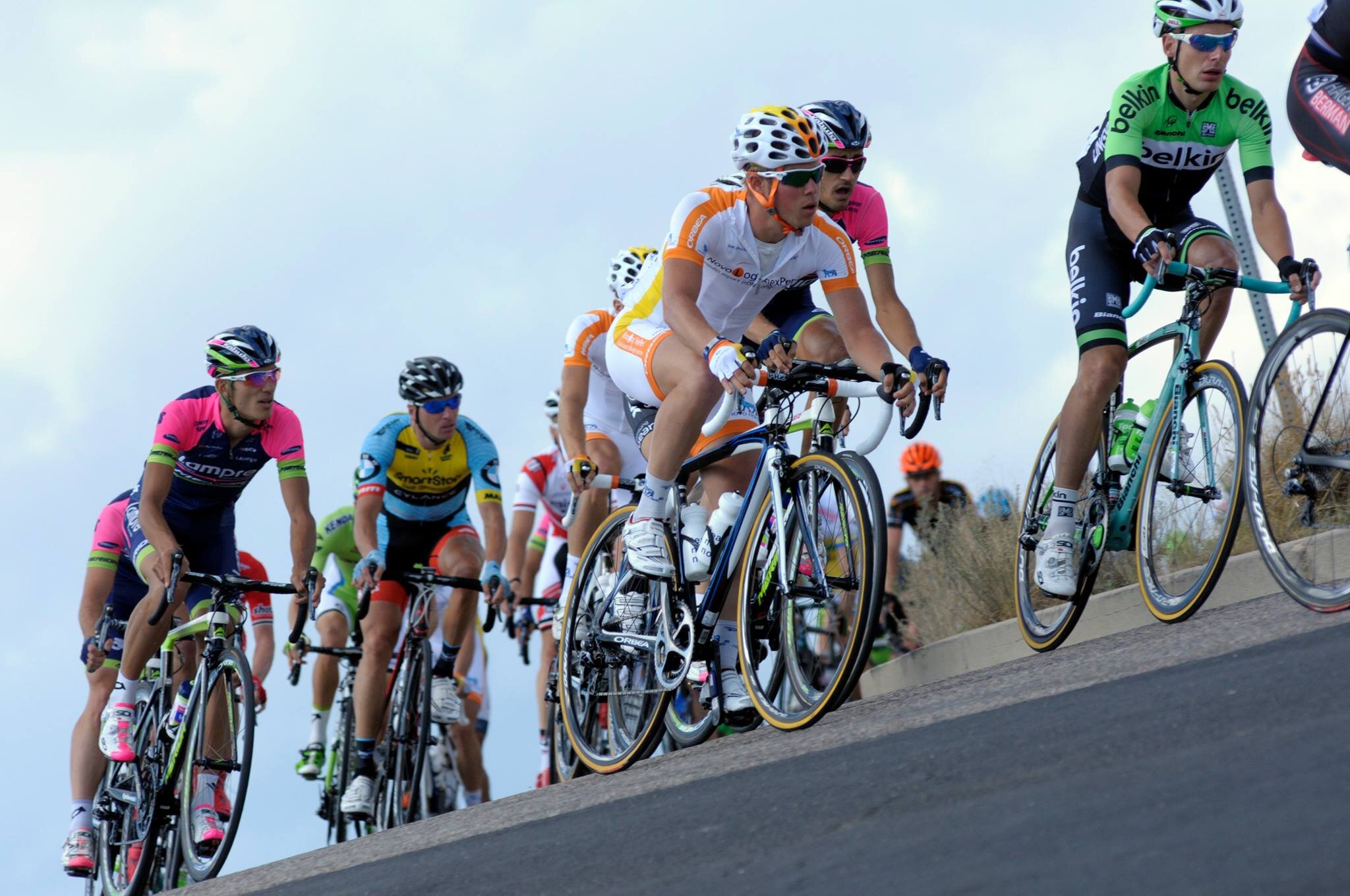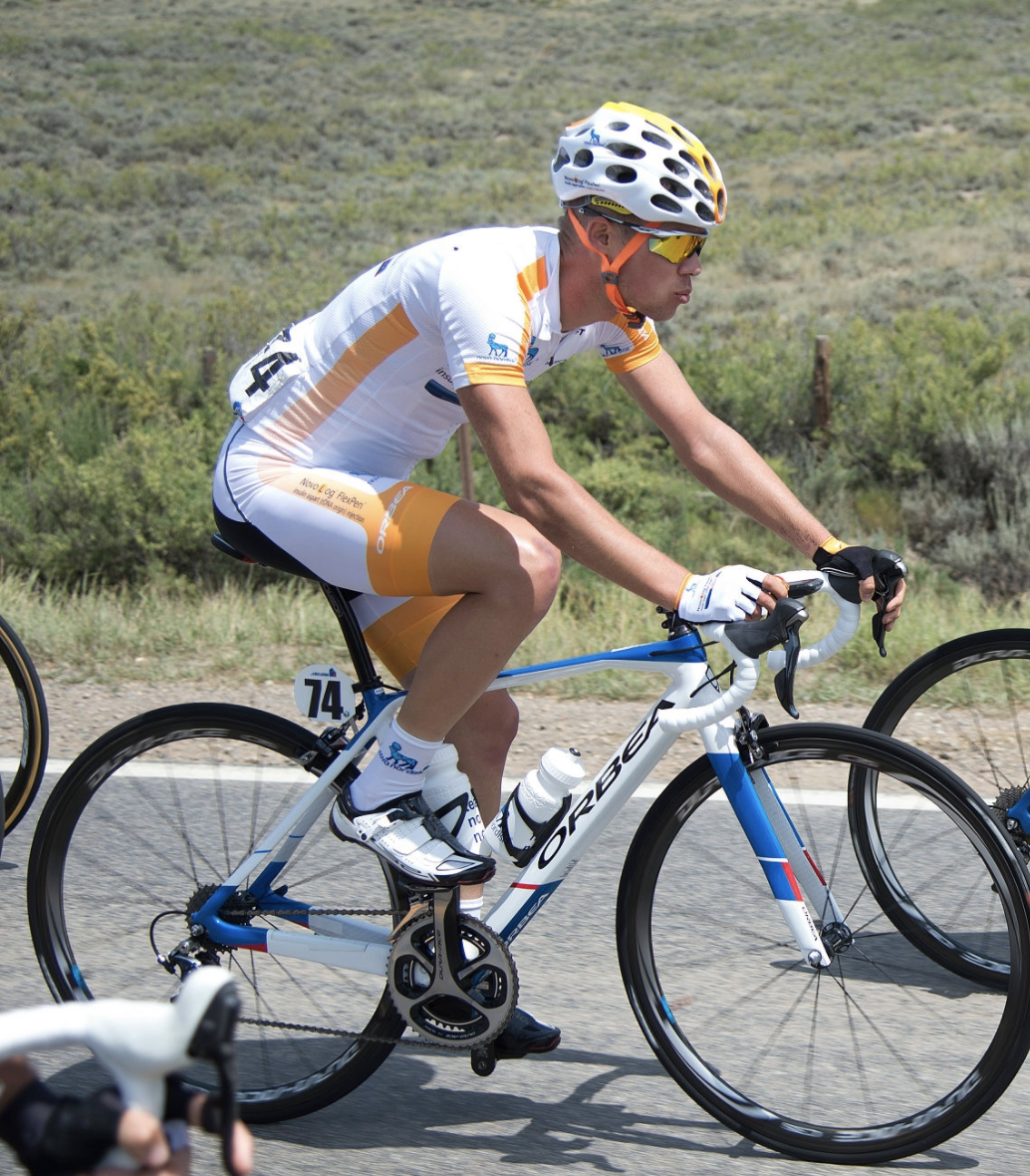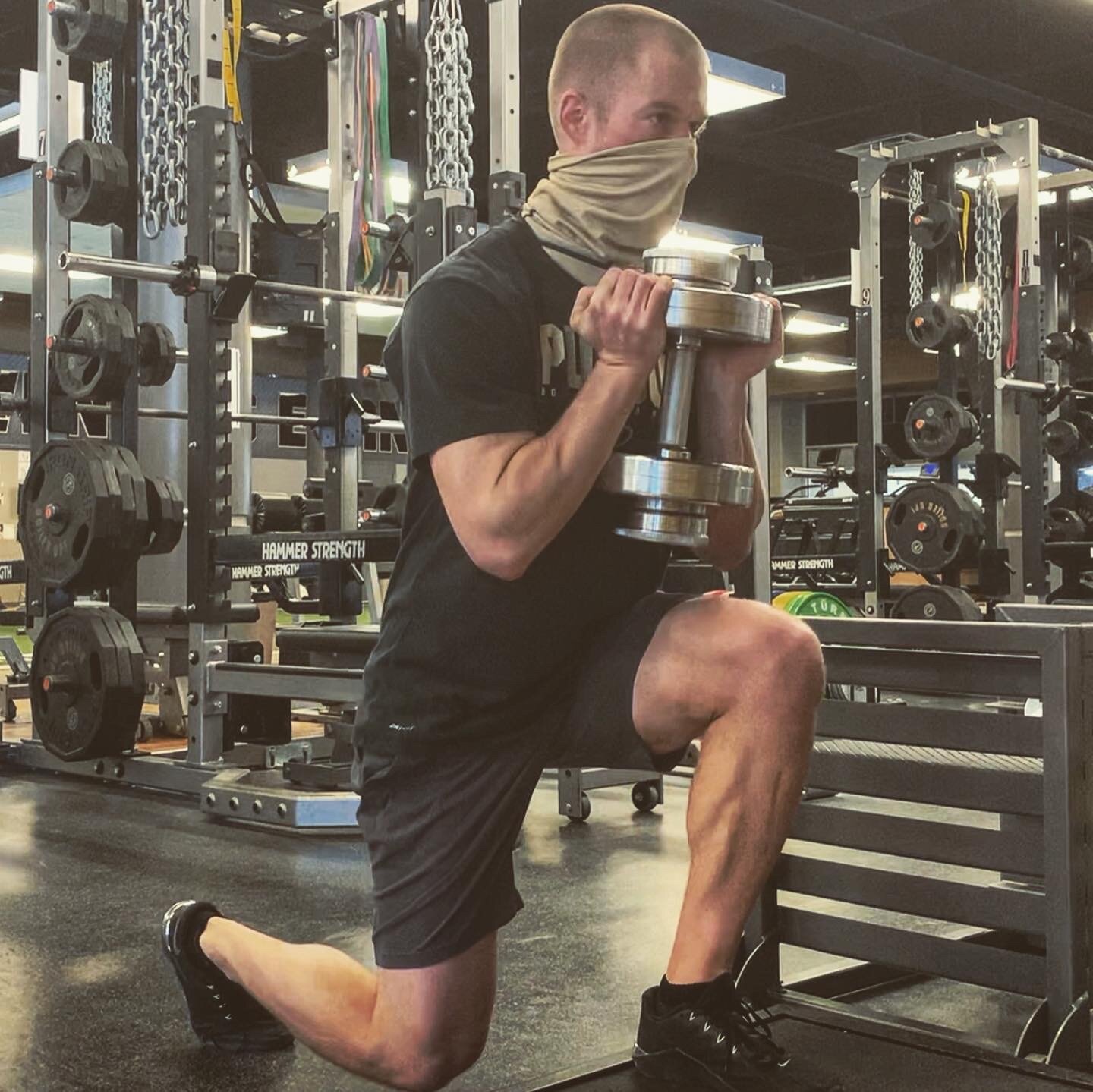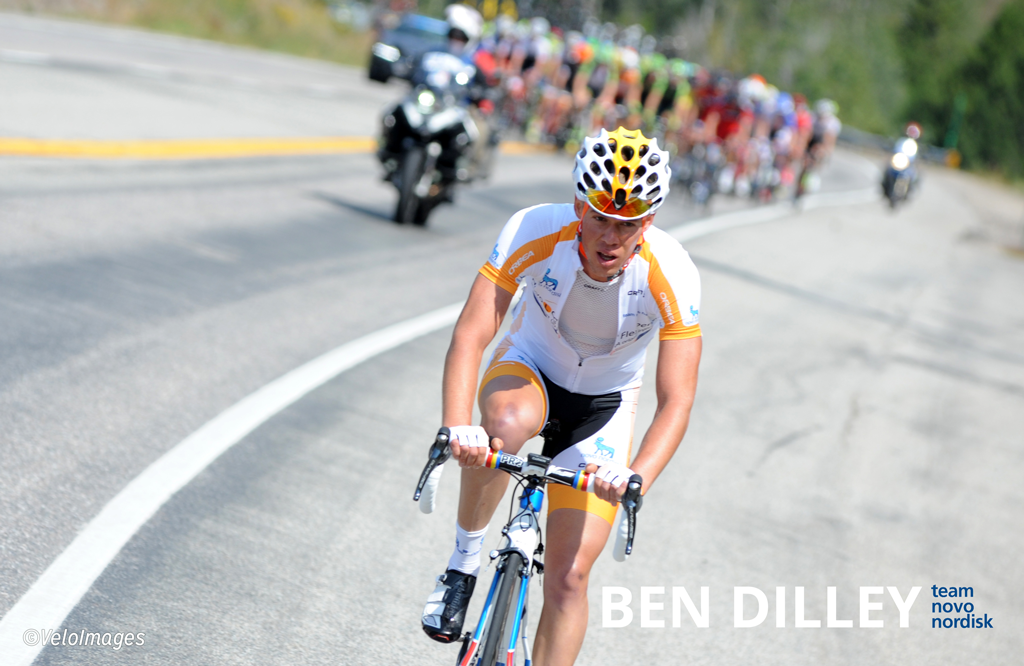Strength & Conditioning for Cyclists: The WHY part 1: Crosswinds and the case for a strong cyclist! Tips from MMAC S&C coach Ben Dilley
From the pen of Strength and Conditioning coach Ben Dilley of Nebraska, USA.
As a professional cyclist, few things could strike fear into my heart quite like the sight of a flag whipping in a relentless wind coming directly across the road. Even though it’s been over four years since I was in Europe for a professional race, I can recall the feeling as if it was just yesterday. In one particular early-season classics race in the Netherlands, I sensed a pivotal crosswind was imminent as there was a rapidly increasing state of urgency in the peloton. Riders were sprinting up the sides of the road, shuffling and bumping their way, desperate to be in the right place. Then there was a sharp turn in the road as the course entered an exposed cobbled sector. It was on. Head down, pushing the biggest gear possible. Flat out, in the gutter, trying desperately to get some semblance of a draft from the rider in front. It started with just a small gap between my wheel and the rider in front of me. With each pedal stroke, it seemed to grow, no matter how hard I pushed. Once I lost the wheel in front and the gap opened, things went from bad to worse quickly. Crosswinds and cobbles typically win that battle.
As a rider, these moments would frustrate me to no end. I’d often find myself having suffered over the climbs only to get dropped on flat, exposed sections of road, falling victim to the winds. I didn’t seem to have the strength to push the gear I needed to keep the wheel.
When I first started racing professionally, I spent 99% of my time on the bike. As a young pro, there is no doubt this time was essential for my development. During the off-season, I would always complete some form of strength training. I didn’t, however, entirely grasp its importance or the role it played in my performance on the bike. I also had no understanding of how to effectively train to improve my strength or the necessity of a periodized approach to achieve the strength development I was pursuing. While I was “working out” I wasn’t necessarily making progress towards any specific objectives.
Since retiring from professional cycling in 2016, I’ve been on a journey that has taken me back to university where I studied Integrative Physiology and started a career as a Strength and Conditioning Coach. I’ve been afforded the opportunity to work alongside and learn from some of the top coaches in my field. Now, I’m on a mission to help cyclists understand the value an appropriately designed strength training program can provide to their performance on the bike.
Mind Matters S&C coach Ben Dilley in the gym
Ultimately, it must start with both the coach and the cyclist having a clear understanding of the “why” behind lifting heavy weights and how this training can aid them in going fast on a bicycle. There is a common phrase that says, “you don’t rise to the occasion...you sink to the level of your training.” I think anyone who has ever ridden or raced a bike can relate to this statement. This reality is why much of the off-season and pre-season is spent putting in those long, boring base miles, hour after hour on the trainer or the road holding Zone 2. The only thing keeping most of us motivated during these mind-numbing rides is the understanding that these training sessions are laying the foundation upon which the entire season and future seasons will be built. Similarly, a foundation of muscular strength must be established and consistently reinforced to support a cyclist's continued growth and development (Ronnestad, & Mujika, 2014, p. 603). Just as a cycling coach will prescribe efforts on the bike designed to increase a cyclist's threshold, strength training follows a similar principle of working to increase the threshold of muscular strength. Raising this strength threshold means that instead of being dropped in a crosswind, now the cyclist can follow the wheel and even be at the front in the echelon. Investing quality training in specifically designed strength training is a primary factor for this type of improvement in performance.
It is critical to note that without a foundation in strength, there can be a ceiling to performance improvements on the bike (Arnstein et al., 2010, p. 2162). Coaches and athletes are committed to identifying and addressing anything that might be holding them back, with optimising nutrition, recovery, and equipment often being at the forefront. However, a stronger athlete that can train longer, maintain efficient power transfer while climbing out of the saddle, and stay stable in a time trial position for longer than their rival will ultimately win out in the end. Cyclists must be willing to invest in building a larger foundation of strength as it will only help raise the level of everything else they do on the bike.
Stay tuned for Part 2 of this series – we’ll explore “how” strength training is used specifically for cyclists to increase their strength threshold and improve their performance on the bike.
Strength and Conditioning Coach Ben Dilley.
References
-Arnstein, S., Oyvid, S., Bjerkaas, M., Larsen, M. H., Hoff, J., & Helgerud, J. (2010). Maximal
strength training improves cycling economy in competitive cyclists. Journal of Strength and Conditioning Research, 24(8), p. 2157-2165
-Ronnestad, B. R., & Mujika, I. (2014). Optimizing strength training for running and cycling
endurance performance: A review. Scandinavian Journal of Medicine and Science in Sports, 24, p. 603-612





